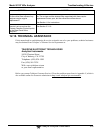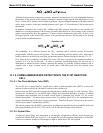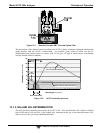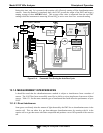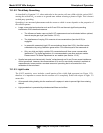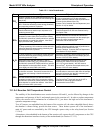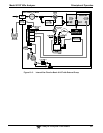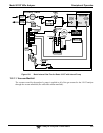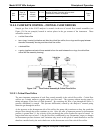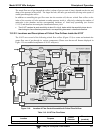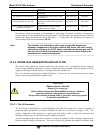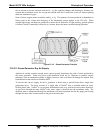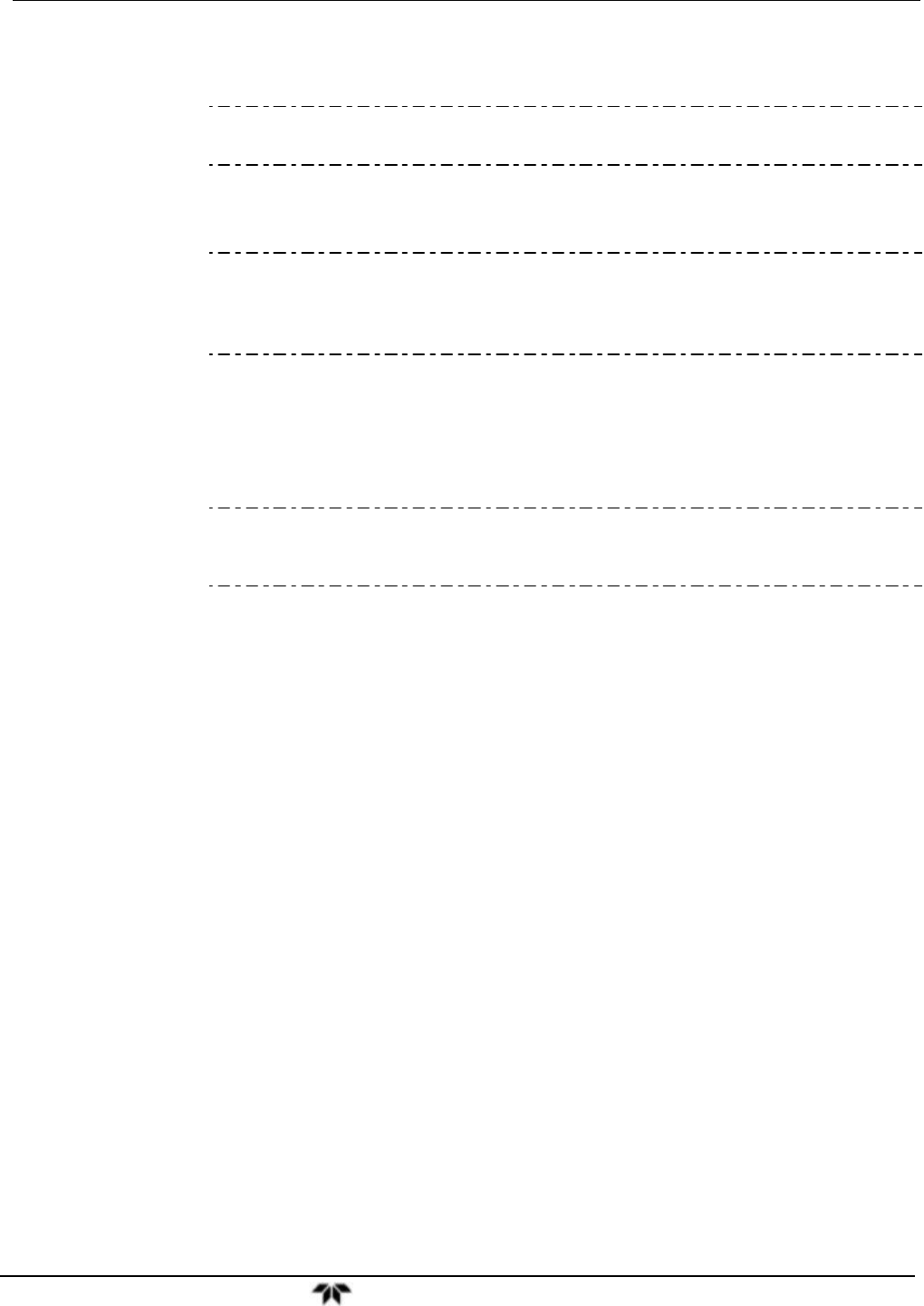
Model 9110T NOx Analyzer Principles of Operation
Teledyne Analytical Instruments 326
13.2. PNEUMATIC OPERATION
IMPORTANT
IMPACT ON READINGS OR DATA
Could either affect accuracy of instrument readings or cause loss of data.
Note The sample gas is the most critical flow path in the analyzer. At any point
before and in the reaction cell, the integrity of the sample gas cannot be
compromised. Therefore, it is important that the sample airflow system is
both leak tight and not pressurized over ambient pressure.
Regular leak checks should be performed on the analyzer as presented in the maintenance schedule,
Table 13-1. Procedures for correctly performing leak checks can be found in Section 13.3.12.
13.2.1. SAMPLE GAS FLOW
Note In this section of the manual vacuum readings are given in inches of
mercury absolute (In-Hg-A). This pressure value is referenced against
zero (a perfect vacuum).
The gas flow for the 9110T is created by a pump that is pneumatically downstream from the rest of the
instrument’s components. This is either:
An external pump pneumatically connected to the analyzer’s exhaust port located on the rear panel.
This is the most common configuration for the 9110T (see Figure 13-5), or;
An optional internal pump pneumatically connected between the vacuum manifold and the exhaust
outlet. (see Figure 13-6).
In either case the pump creates a vacuum of approximately 5 in-Hg-A at one standard liter/minute,
which is provided to various pneumatic components by a vacuum manifold located just in front of the
rear panel (see Figure 3-5).
Gas flow is created by keeping the analyzer’s sample gas inlet near ambient pressure, usually by means
of a small vent installed in the sample line at the inlet, in effect pulling the gas through the instrument’s
pneumatic systems.
By placing the pump downstream from the analyzer’s reaction cell, several problems are avoided.
First, the pumping process heats and compresses the sample air complicating the measurement
process.
Additionally, certain physical parts of the pump itself are made of materials that might chemically
react with the sample gas.
Finally, in certain applications where the concentration of the target gas might be high enough to be
hazardous, maintaining a negative gas pressure relative to ambient means that should a minor leak
occur, no sample gas would be pumped into the atmosphere surrounding the analyzer.



